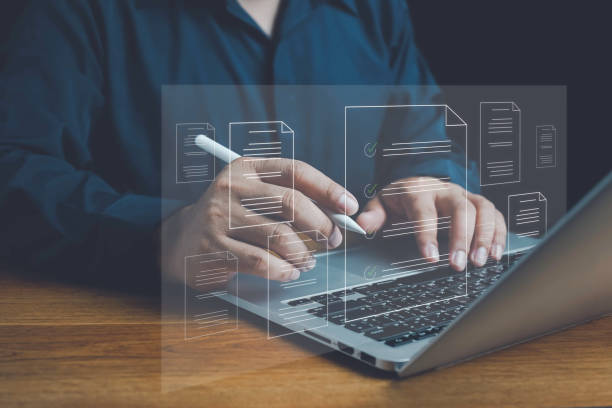### What is On-Page SEO and Why Does it Matter?
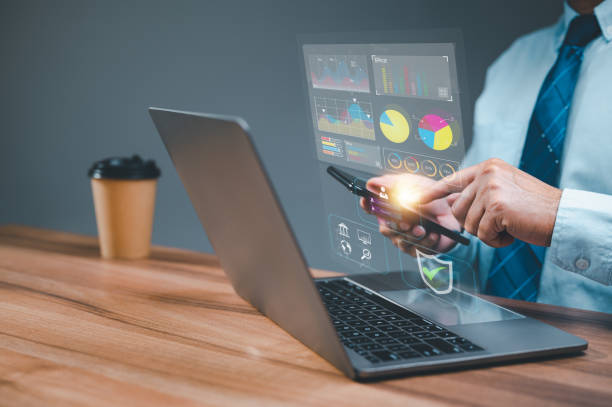
On-Page SEO is a collection of techniques and actions performed within your website to improve the site’s ranking in search engines like Google.
These actions include optimizing content, HTML tags, URL structure, and other elements on web pages.
The importance of On-Page SEO lies in helping search engines better understand your website’s content, thereby ranking your site higher in search results.
In fact, without strong On-Page SEO, your efforts in Off-Page SEO and link building alone will not be sufficient.
On-Page SEO serves as a fundamental foundation for any successful SEO strategy.
By improving #On_Page_SEO, you can attract more organic traffic to your website, thereby increasing your sales and revenue.
This process involves selecting appropriate keywords, creating high-quality and relevant content, and optimizing the site’s technical elements.
On-Page SEO not only helps search engines but also improves user experience, as your site becomes faster, more accessible, and more user-friendly.
Therefore, investing in On-Page SEO is a long-term and necessary investment for any business that wants to succeed in the online world.
To better understand On-Page SEO, you must pay attention to its key elements and optimize each one carefully.
Take On-Page SEO seriously and watch your website grow dramatically.
Are you tired of your online store not generating as much revenue as its potential? Rasaweb, a specialist in designing professional online stores, solves this problem forever!
✅ Increased sales and revenue
✅ High loading speed and unparalleled user experience
⚡ Get free consultation on online store design
Keyword Research: The First Step in On-Page SEO
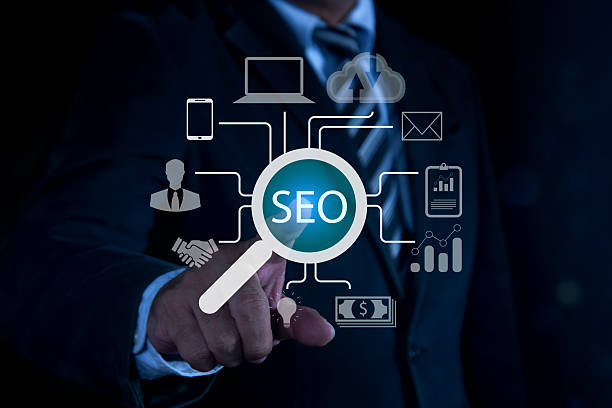
Keyword research is one of the most important and vital steps in On-Page SEO.
Choosing the right keywords determines what searches your site will rank for and what type of users will be attracted to your site.
To start, you need to create a list of keywords related to your business and website content.
These words should be searched by your target audience.
There are various tools to help with keyword research, including Ahrefs, Moz Keyword Explorer, and Google Keyword Planner.
These tools help you find search volume, competition, and related keywords.
After creating the list, you should evaluate the keywords based on different criteria.
Search volume shows how many users search for this word per month.
Competition shows how many other sites are trying to rank for this word.
Also, you should pay attention to the relevance of the keyword to your business.
Keywords should be exactly related to your website’s content to attract the right users.
Finally, use the selected keywords naturally and intelligently in your content.
Avoid overusing keywords, as this can harm your site’s SEO.
On-Page SEO improves by using appropriate keywords.
Content Optimization: The Heart of On-Page SEO
![]()
Content is king! This famous phrase well demonstrates the importance of content in On-Page SEO.
High-quality and relevant content not only attracts users but also satisfies search engines.
To optimize content, you need to pay attention to a few points.
Firstly, your content should be valuable and useful to your target audience.
Answer their questions and needs and provide accurate and complete information.
Secondly, your content should be unique and original.
Avoid copying content from others and try to create new and different content.
Thirdly, your content should be well organized.
Use headings, subheadings, paragraphs, and lists to structure the content.
This makes it easier for users to read and understand the content.
Fourthly, use keywords naturally and intelligently in your content.
Avoid overusing keywords and try to write your content for users, not for search engines.
The fifth point is to update your content regularly.
New and updated content shows that your site is active and dynamic and encourages search engines to visit your site more often.
By following these tips, you can optimize your content and improve your site’s On-Page SEO.
On-Page SEO gains strength with high-quality content.
| Element | Description |
|---|---|
| Page Title | The page title should be attractive and relevant to the content and include the main keyword. |
| Meta Description | The meta description should be a summary of the page content and encourage the user to click. |
| Heading Tags (H1-H6) | Heading tags should be used to structure the content and include relevant keywords. |
| Images | Images should be optimized and have Alt Text. |
HTML Tag Optimization: The Secret Keys to On-Page SEO

HTML tags provide important information about your site’s content to search engines.
Optimizing these tags is one of the key steps in On-Page SEO.
The most important tags to pay attention to are the Title Tag, Meta Description Tag, and Heading Tags.
The Title Tag is the title that appears in search results.
This title should be attractive, relevant to the content, and include the main keyword.
The Meta Description Tag is a summary of the page content that appears below the title in search results.
This description should encourage the user to click.
Heading Tags (H1-H6) are used to structure content and should include relevant keywords.
Also, you should pay attention to the Alt Text tags for images.
These tags provide a description for the images and help search engines understand the content of the images.
Correct and optimal use of these tags has a significant impact on your site’s On-Page SEO.
On-Page SEO improves by optimizing HTML tags.
These tags help search engines better understand your site’s content, thereby improving your site’s ranking in search results.
Perform On-Page SEO with care and focus on details.
Did you know that your company’s website is the first point of contact for 75% of potential customers?
Your website is the face of your brand. With Rasaweb’s corporate website design services, create an online presence that builds customer trust.
✅ Create a professional and lasting image of your brand
✅ Attract target customers and increase online credibility
⚡ Get free consultation from Rasaweb experts!
Optimizing URL Structure: Easy Navigation for Users and Search Engines
![]()
Your site’s URL structure plays an important role in On-Page SEO.
A proper URL structure helps users and search engines easily navigate your site.
URLs should be short, descriptive, and include relevant keywords.
Avoid using long and complex URLs, as these URLs are confusing for users and search engines.
Also, avoid using special characters and numbers in URLs.
URLs should be readable and understandable.
Create a logical and hierarchical URL structure.
This helps search engines better understand your site’s structure.
For example, if you have a page about “On-Page SEO Guide”, its URL can be “example.com/blog/on-page-seo-guide”.
This URL is short, descriptive, and includes relevant keywords.
Also, avoid using the same URLs for different pages.
Each page should have its own unique URL.
By optimizing your site’s URL structure, you can improve your site’s On-Page SEO.
On-Page SEO becomes more powerful with a proper URL structure.
Remember that URLs should be optimized and user-friendly.
Site Speed: A Critical Factor in On-Page SEO and User Experience
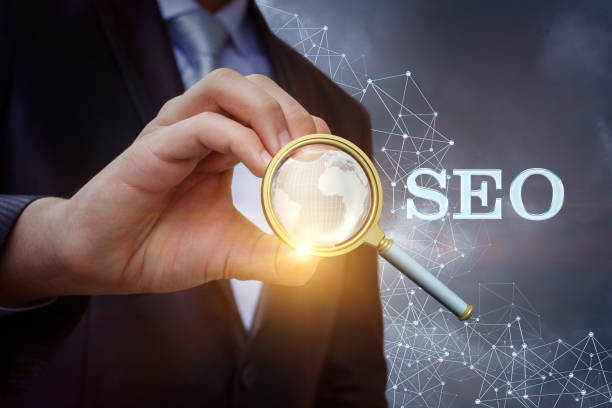
Site speed is one of the most important factors in On-Page SEO and user experience.
Users expect sites to load quickly, and if a site is slow, users are very likely to leave it.
Google also considers site speed as one of the ranking factors.
To improve site speed, you need to pay attention to a few points.
Firstly, optimize your images.
Avoid high-volume images and compress images with appropriate formats.
Secondly, use an optimized Content Management System (CMS).
Some CMSs are faster than others.
Thirdly, use a strong web hosting service.
An inappropriate web hosting service can significantly reduce your site’s speed.
Fourthly, use a Content Delivery Network (CDN).
CDNs help you store your site’s content on different servers around the world and provide users with the closest server.
By improving your site’s speed, you can improve your site’s On-Page SEO and provide a better user experience for your users.
On-Page SEO becomes more effective with high site speed.
Site speed is a decisive factor in online success.
Image Optimization: An Opportunity to Improve On-Page SEO

Image optimization is an important and often overlooked aspect of On-Page SEO.
Images not only add visual appeal to your site but also provide an opportunity to improve SEO.
To optimize images, you need to pay attention to a few points.
Firstly, optimize the image file name.
Use descriptive names that include keywords.
For example, instead of a name like “IMG_1234.jpg”, use a name like “on-page-seo-guide.jpg”.
Secondly, use Alt Text tags for images.
Alt Text tags provide a description for the images and help search engines understand the content of the images.
Alt Text tags should be accurate, descriptive, and include relevant keywords.
Thirdly, compress images with appropriate formats.
Use JPEG formats for images with many colors and PNG format for images with few colors.
Fourthly, avoid high-volume images.
High-volume images can slow down your site.
By optimizing your images, you can improve your site’s On-Page SEO and provide a better user experience for your users.
On-Page SEO becomes stronger with optimized images.
Image optimization is a valuable investment in SEO.
| Image Feature | Description |
|---|---|
| File Name | The file name should be descriptive and include relevant keywords. |
| Alt Text Tag | The Alt Text tag should be accurate, descriptive, and include relevant keywords. |
| File Format | Use JPEG and PNG formats to compress images. |
| File Size | Avoid high-volume images. |
Mobile-Friendliness: A Necessity for On-Page SEO in Today’s World
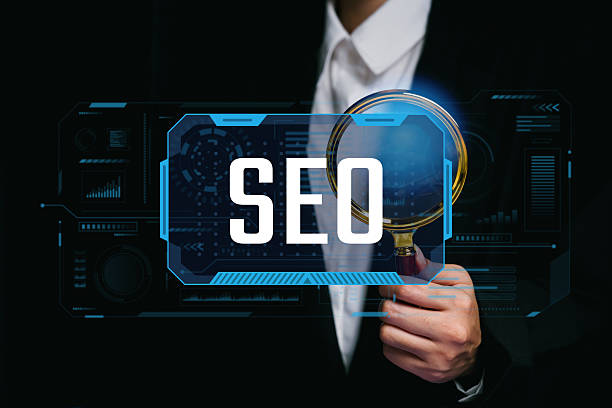
Given the increased use of mobile devices to browse the internet, making your site mobile-friendly is a necessity for On-Page SEO.
Google gives more importance to sites that are optimized for mobile devices and ranks them higher in search results.
To make your site mobile-friendly, you need to pay attention to a few points.
Firstly, use a Responsive Design.
Responsive design allows your site to automatically adapt to the screen size of different devices.
Secondly, improve your site’s speed on mobile devices.
Mobile users expect sites to load quickly.
Thirdly, use large fonts and buttons.
This makes it easier to use your site on mobile devices.
Fourthly, avoid intrusive ads on mobile devices.
Intrusive ads can affect the user experience.
By making your site mobile-friendly, you can improve your site’s On-Page SEO and provide a better user experience for your mobile users.
On-Page SEO reaches its peak with mobile-friendliness.
Mobile-friendliness is the key to success in today’s world.
Are you worried that your company’s old website will drive away new customers? Rasaweb solves this problem with a modern and efficient corporate website design.
✅ Increases your brand’s credibility.
✅ Helps attract targeted customers.
⚡ Contact Rasaweb for a free consultation!
Internal Linking: A Cohesive Structure for the Site
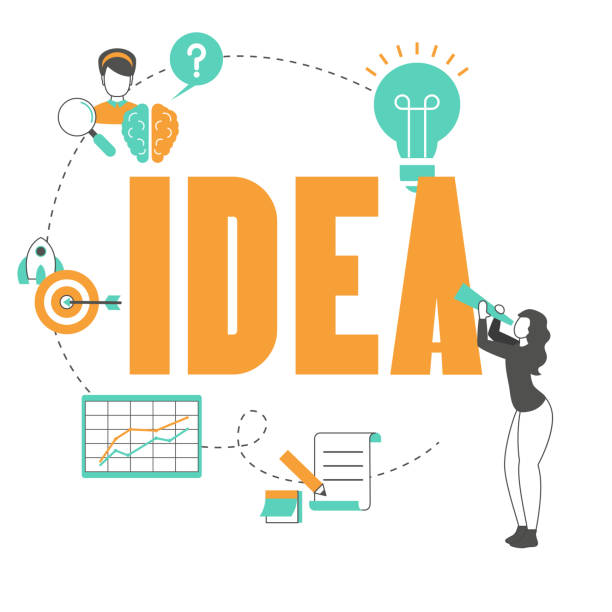
Internal linking is an important technique in On-Page SEO that helps you create a cohesive and user-friendly structure for your site.
Internal linking means creating links between different pages of your site.
This helps search engines better understand your site’s structure and helps users easily navigate your site.
For effective internal linking, you need to pay attention to a few points.
Firstly, create links to relevant pages.
Links should point to pages that have content related to the current page.
Secondly, use descriptive anchor text.
The link text should briefly describe the content of the destination page.
Thirdly, avoid excessive links on one page.
Excessive links can confuse users.
Fourthly, place links naturally in your content.
Links should not be placed forcibly and artificially in the content.
With proper internal linking, you can improve your site’s On-Page SEO and provide a better user experience for your users.
On-Page SEO improves with strong internal linking.
Internal linking is a smart strategy to improve SEO.
Analysis and Continuous Improvement: The Key to Success in On-Page SEO
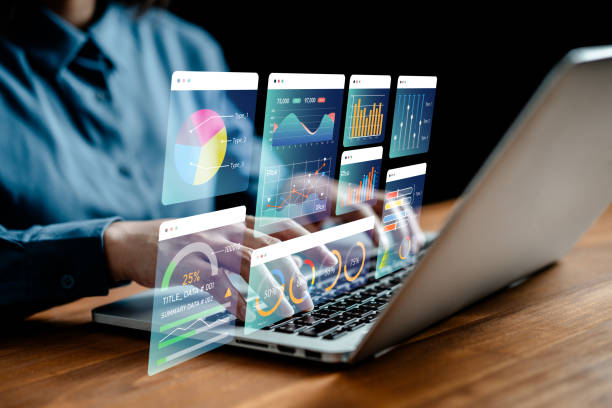
On-Page SEO is an ongoing process and should not stop after a series of actions are taken.
To succeed in On-Page SEO, you must regularly analyze your site’s performance and continuously apply the necessary improvements.
There are various tools to analyze site performance, including Google Analytics and Google Search Console.
These tools help you track your site’s traffic, the keywords users use to find your site, the pages with the most visits, and other important information.
Using this information, you can identify your site’s strengths and weaknesses and apply the necessary improvements.
For example, if you notice that a particular page does not have a lot of traffic, you can optimize the content of that page, add relevant keywords to it, or create more internal links to that page.
Also, you should pay attention to changes in search engine algorithms and update your SEO strategy based on these changes.
With analysis and continuous improvement, you can improve your site’s On-Page SEO and achieve better results.
On-Page SEO succeeds with careful analysis and continuous improvement.
Always look for ways to improve SEO.
FAQ
| Question | Answer |
|---|---|
| What is a Meta Title and why is it important in On-Page SEO? | The Meta Title is the most important element of On-Page SEO that appears at the top of the browser tab and in search results. This title helps search engines and users understand the main topic of the page and should include the main keyword. |
| What role does the Meta Description play in On-Page SEO? | The Meta Description is a short summary of the page content that appears below the title in search results. Although it does not directly affect ranking, its attractiveness can increase the click-through rate (CTR). |
| How should keywords be used in page content? | Keywords should be used naturally and relevantly in strategic locations such as the title, headings, first paragraph, and body of the text. Avoid keyword stuffing. |
| What is the importance of high-quality and comprehensive content in On-Page SEO? | High-quality, unique, informative, and comprehensive content that meets the needs of the user is of high importance. Search engines give higher rankings to content that creates real value. |
| What is the application of Heading Tags (H1-H6) in the structure of On-Page SEO? | Heading Tags (H1, H2, H3, etc.) are used to structure content and specify the importance of different sections. H1 is the main title of the page, and each page should have only one H1. Other tags are used for subheadings. |
| How can we optimize images to improve On-Page SEO? | To optimize images, use descriptive Alt Text that includes relevant keywords, reduce the image file size without loss of quality, and use meaningful and relevant file names. |
| What features does a friendly URL have for On-Page SEO? | A friendly URL should be short, readable, descriptive, include the main keywords, and be without extra characters. The URL structure should be hierarchical and logical so that it is understandable for both users and search engines. |
| How does Internal Linking help with On-Page SEO? | Internal Linking, by connecting related pages to each other, helps users and search engine crawlers better understand the site structure, transfer page authority, and increase the user’s time on the site. |
| What is the impact of page loading speed on On-Page SEO? | High loading speed is critical for both user experience and SEO ranking. Slower pages may be ignored by search engines and lead to an increased bounce rate. |
| Why is Mobile-Friendliness so important in On-Page SEO? | Given the increasing number of searches via mobile devices, having a responsive and mobile-friendly site is essential for user experience and ranking in search results (Google’s Mobile-First Indexing). |
and other services of Rasa Web Advertising Agency in the field of advertising
Intelligent Digital Advertising: An effective tool for managing campaigns with the help of optimizing key pages.
Intelligent Digital Advertising: A new service to increase customer acquisition through attractive user interface design.
Intelligent Sales Automation: A new service to increase sales through custom programming.
Intelligent Advertising Campaign: A combination of creativity and technology to increase site visits through a SEO-focused content strategy.
Intelligent Customer Journey Map: Transform sales with the help of accurate audience targeting.
and more than a hundred other services in the field of internet advertising, advertising consulting and organizational solutions
Internet Advertising | Advertising Strategy | Advertorial Report
Resources
On-Page SEO Tutorial at Moz
,Ahrefs’ On-Page SEO Guide
,Search Engine Journal: On-Page SEO
,On-Page Optimization in Search Engine – Search Engine Land
? Do you dream of a powerful presence in the digital world? Rasaweb Digital Marketing Agency, with its expertise and experience, offers comprehensive and effective solutions for the growth and development of your business. From designing personal and corporate websites to SEO and managing advertising campaigns, we smooth the path of your digital success.
📍 Tehran, Mirdamad Street, next to the Central Bank, Southern Kazerun Alley, Ramin Alley No. 6



